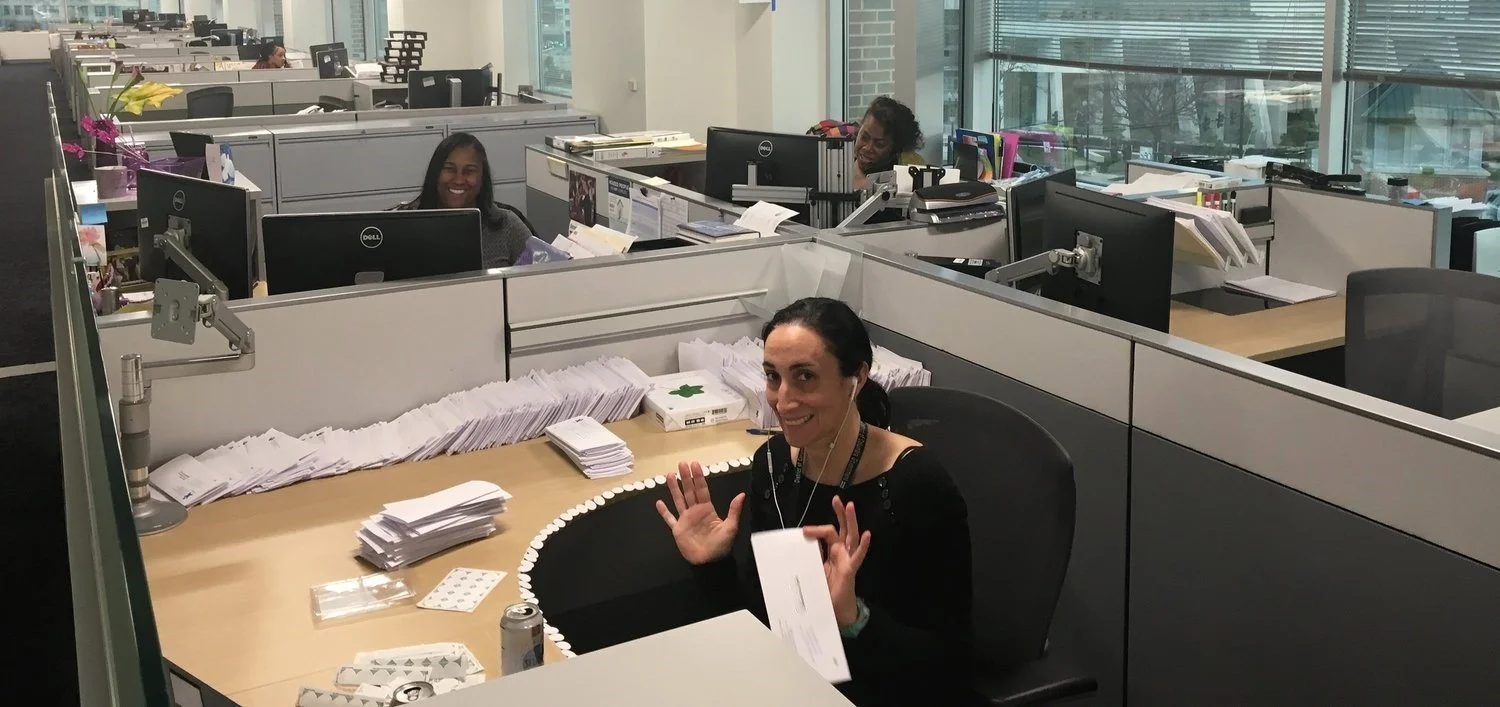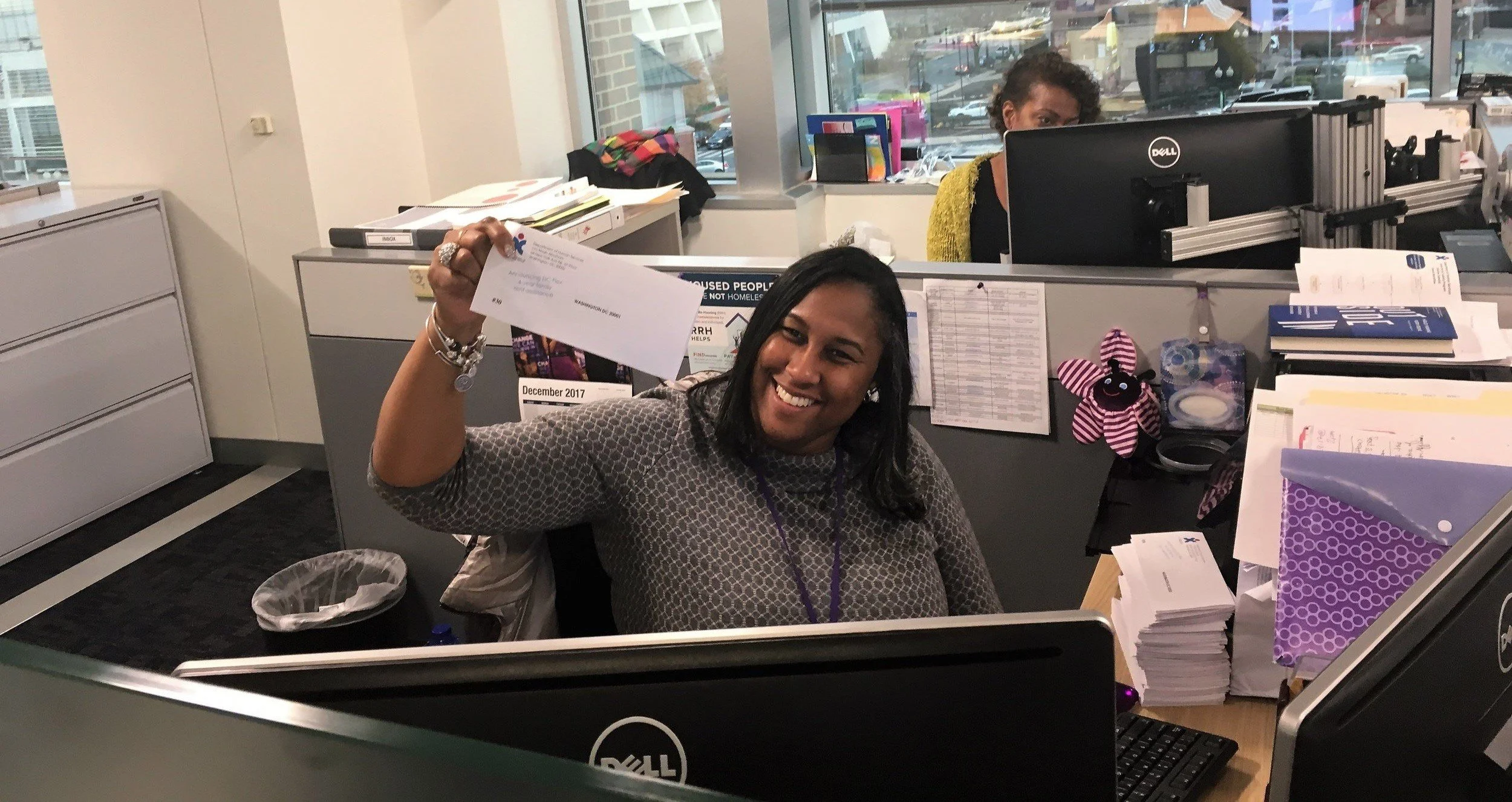Government programs can only help residents when residents know they exist. When the DC Department of Human Services rolled out a program to help low-income families cover rent, we wanted to find the best way to notify residents and encourage them to apply. We conducted three experiments to test how different outreach methods and materials affected the likelihood that a family would apply for the program. We found that sending both a letter and a text message was the best way to increase applications. These findings may inform how DC government encourages residents to apply for future programs.
Why is this issue important in DC?
In 2018, DC’s Department of Human Services (DHS) launched a pilot program called DC Flex, which provides low-income families with a flexible rent subsidy. The subsidy is capped at $7,200 per year, and families can spend it as needed for up to four years. This program has the potential to improve residents’ lives, but only if residents know about the program and application process.
DHS and Lab @ DC staff worked together to print, fold, and stuff 10,000 mailers for the DC Flex program. (Credit: The Lab @ DC)
What did we do?
We ran three experiments to see what kind of outreach was most likely to prompt residents to apply for DC Flex. The three experiments compared different types of outreach (mailed letters and text messages) and message content (for example, highlighting a positive identity as a responsible renter vs highlighting the program’s financial benefits).
Analyzing administrative data with DHS, we pulled the contact information for families who had recently applied for homeless services and might be eligible for the program. We randomly assigned each family to receive one outreach message and then tracked how many applied to participate in DC Flex.
What have we learned?
When possible, governments should attempt multiple types of communication in reaching potential clients. Of all the families we reached out to, 1,090 (around 12%) submitted an application, and this did not vary much based on the type of outreach received. When we sent both a letter at a text message to families, significantly more families submitted an application, compared to those families who received just a letter. We also looked at whether any message type or
content yielded more eligible applications, but found no definitive answer.
“They walked us through every step of the process and reassured us that our rent would be paid. It’s a beautiful program.”
What comes next?
We used a random lottery to select 125 of the applicant families to enroll and start participating in DC Flex in early 2018. The Lab released results from a randomized evaluation on whether the program’s participants were less likely to experience homelessness, housing instability, and economic hardship than families that are not enrolled. Other agencies might use these findings when deciding how to encourage residents to apply for their own programs.
What happened behind the scenes?
In order to try something new, sometimes we have to take a Do-It-Yourself approach to things we might typically do through a contractor or service provider. For launching DC Flex that meant DHS using their own printers and staff to generate and fold more than 10,000 mailers and we were along for the fun.


